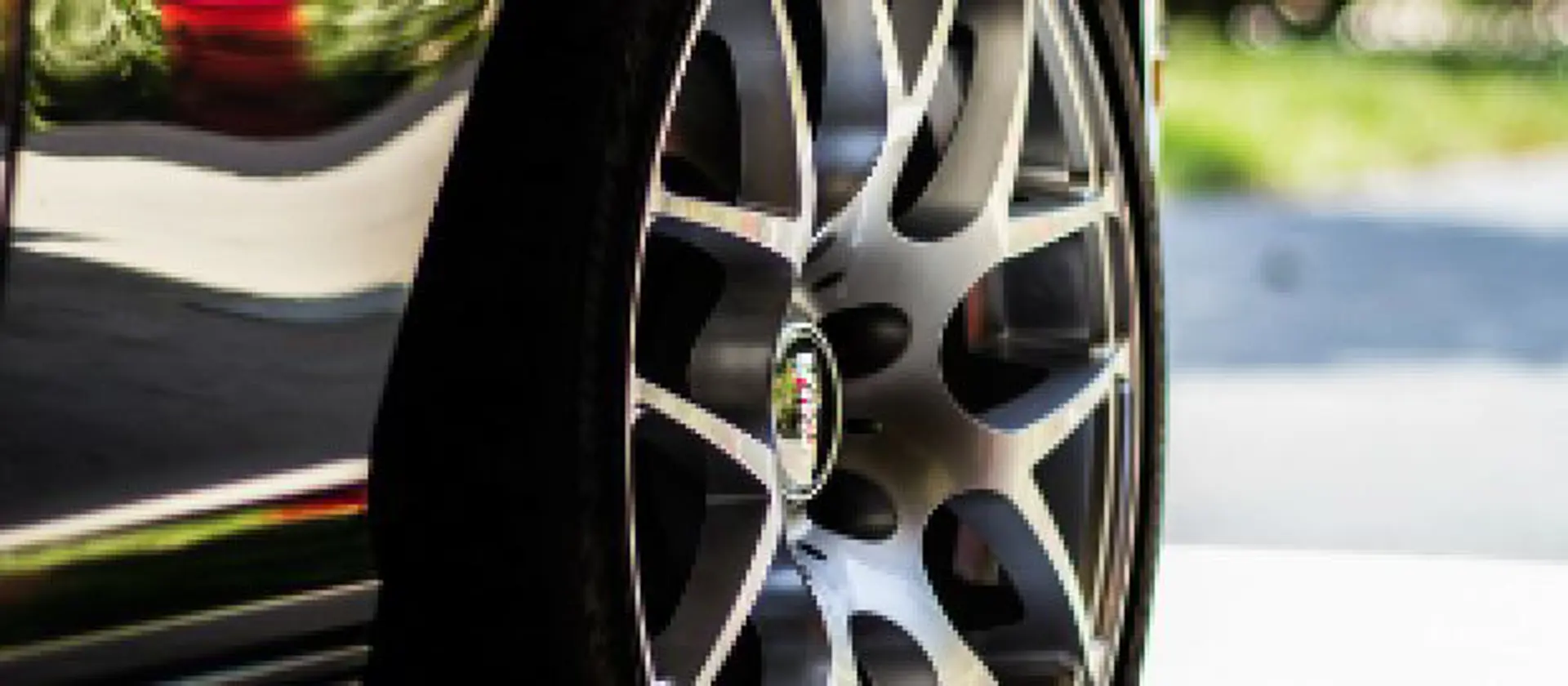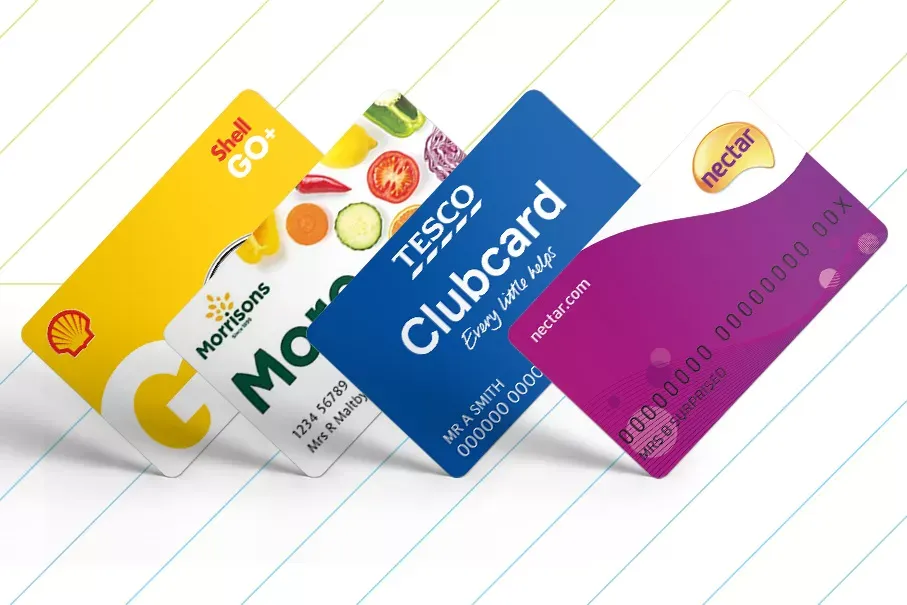
23/05/2016
Be safe on the road this summer.
TYRED OUT?
Better weather means more miles on the road. If you’re going on holiday in a vehicle, you could clock up hundreds or even thousands of extra miles in the warm weather. And if you’re running a fleet during those traffic-heavy summer months, developing routes that avoid the traffic (or just getting stuck in jams) can also put more strain on your vehicles.
Tyres are particularly susceptible to warm weather and increased mileage. It’s important to keep a close and regular eye on tyre health, as part of an overall summer maintenance schedule.
What to check
Tyre pressure, tread depth, and overall tyre health are the three key elements of a tyre check. Keeping your tyres at the manufacturer’s recommended pressures (for the load your vehicle will be carrying) is the only way to be sure that your car or van will grip the road as it is intended to. Loss in tyre pressure is responsible for vehicles failing to handle as expected, and has a direct impact on fuel consumption.
Tread depth is subject to a legal minimum of 1.6 mm in the UK: the AA recommends an operational minimum of 2 mm. You can tell if your tyres are approaching their legal minimum by checking for depth indicators between the treads. These are small squares of raised rubber, which are also known as ‘tread bars’. Tread bars are moulded into many modern tyres at an approximate 1.6 mm depth: so if you can see the bars between the treads, it’s time to get your tyres changed.
Tyre health can be determined by an overall inspection of the shape and wear patterns on the tyre. Are there bulges, smooth patches, cracks, or areas that appear to have worn unevenly? If you observe any of these on your tyres, you should change them, or have them inspected by a mechanic.
When to check
With extra miles and increased heat both playing a role in summer tyre health, it’s important to check daily, before every journey. You could also consider installing tyre pressure indication systems, which give advance warning of a change in pressure.
Tyre pressure monitors can be indirect (measuring signals like rotational speed of the wheel to ‘guess’ if pressure is outside the recommended norm) or direct (sensing pressure directly inside the tyre).
As well as pre-journey checks, planned maintenance should be carried out as normal to forestall any mechanical issues with your vehicles—including tyre problems.
The dangers
Poor tyre condition leads to erratic driving, a massive over-consumption of fuel, and potential blowouts. It can be the direct or indirect cause of accidents, and drives up maintenance costs by placing extra mechanical strain on the vehicle (caused by wheels with increased rolling resistance, for example, or by wheels that drag on the steering).
In a car, driving on tyres that are under-inflated by just 1 bar (15 psi) can cause a 6% rise in fuel consumption. In a laden commercial vehicle, that figure is much higher.
If your vehicle is found to have tyres with illegal tread depth, you could face a fine of £2,500, plus points on your licence.
Have you got summer tyre health checks in place? Let us know on LinkedIn and Twitter.


